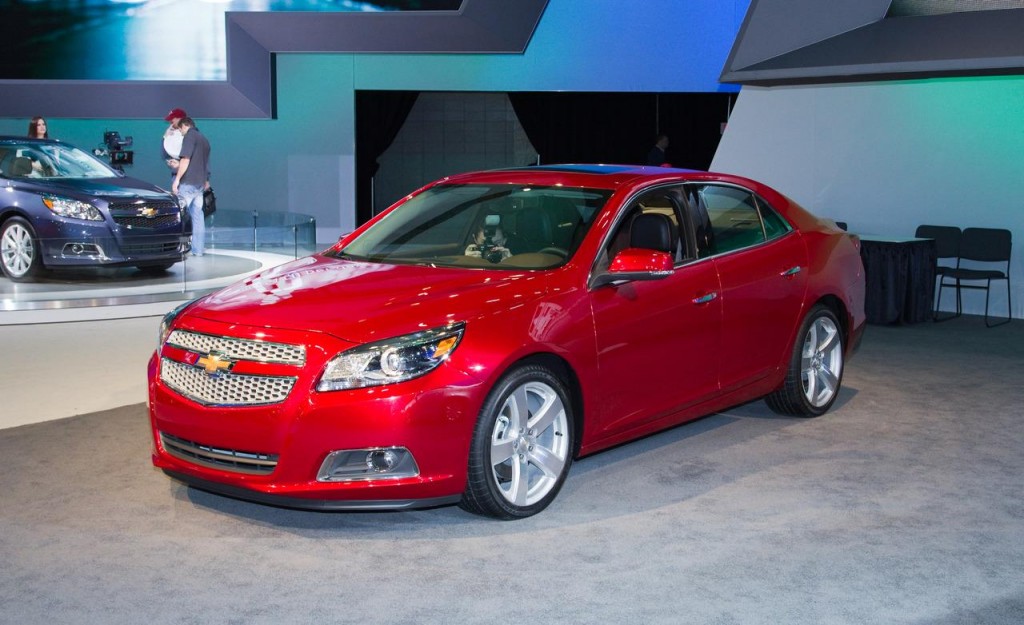Introduction
The saying “Close but no cigar” could easily be applied to the former models of Chevy Malibu, a family automobile that was very much good in numbers of respects but not good for earning status. However, the completely redesigned and refined 2013 Chevrolet Malibu with added feature efficiency and content eventually makes it a strong competitor.
The improvement of Malibu is evident by itself once a person sits inside. No matter it is equipped lesser, Malibus enjoy the sound deadening’s abundance, attractive ooutlook, high quality switch gear and soft touch materials. Touch screen dominates the controls in all but the base LS trim are somewhat complex as compare to the outgoing cars.
Body
Chevy’s new MyLink system connects your smartphone to the car via a USB jack and/or the Bluetooth system, allowing for not only hands-free calling, but audio connectivity and Internet music streaming as well. The Malibu is also available with a navigation system for the first time.
In terms of size, the new Malibu is wider than before, which results in more shoulder and hiproom. However, the wheelbase has shrunk, which means a little less rear legroom than most other midsize family sedans provide. Still, we can’t say many people will notice. Overall, the Malibu is more spacious than before, and only the tallest drivers will leave rear occupants with squished knees.
The 2013 Malibu debuted first with a new “Eco” setup. This pairs a 2.4-liter four-cylinder with a mild-hybrid system that adds an electric motor for assistance during acceleration but which otherwise primarily powers an auto stop/start system as well as various vehicle accessories. Taking that burden off the gasoline engine and adding some aerodynamic tweaks allows the Malibu Eco to achieve an impressive 29 mpg combined from the EPA. Still it’s worth noting that this figure is only 1 mpg better than what the four-cylinder-powered Hyundai Sonata and Toyota Camry achieve.
However, the 2013 Chevy Malibu does offer a new 197-horsepower 2.5-liter four-cylinder as standard equipment, as well as an optional 259-hp turbocharged 2.0-liter four-cylinder engine. Both of these engines deliver strong performance and admirable fuel efficiency, easily making them preferable to the Eco model.



